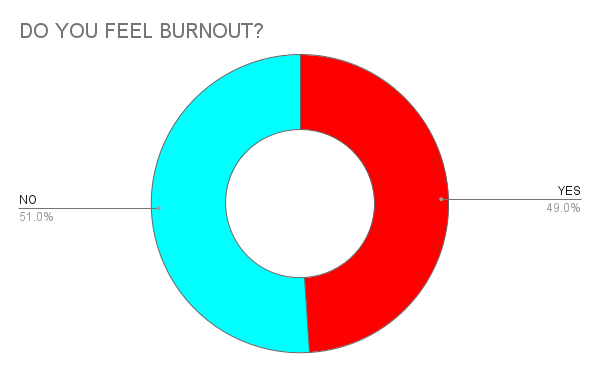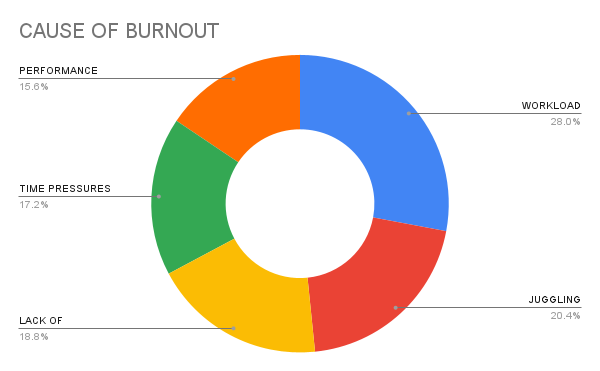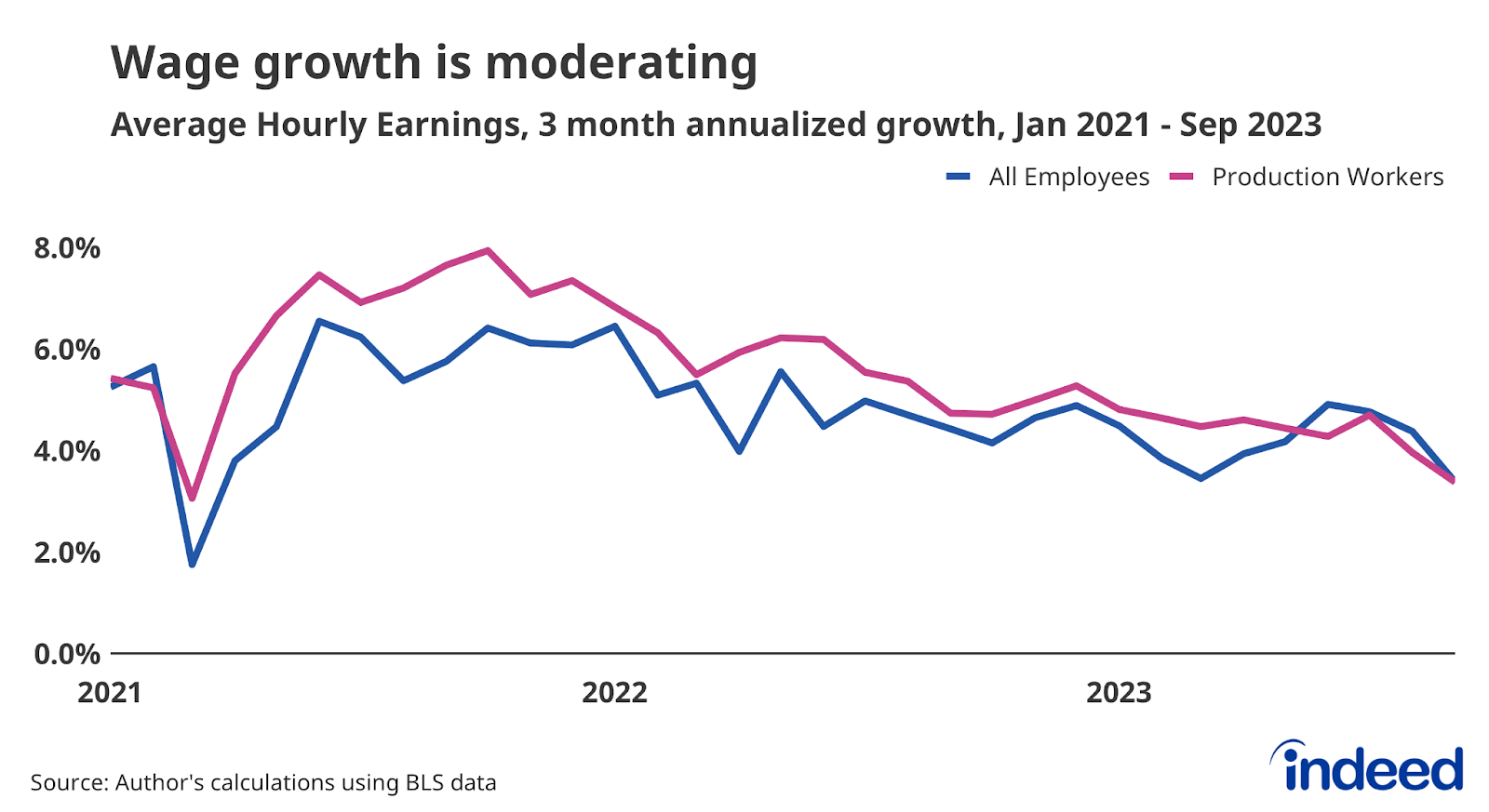As wages stabilize, employers should take note that labor negotiations and their impact are actually presenting a golden opportunity to increase their labor force.
Continue readingLabor’s Leverage: Workers Have Started Something
UAW Strike: An Ace up the Big 3’s Sleeve
What ace does the Big 3 have up their sleeve to leverage their negotiations? Read our blog to see a quiet threat to Michigan’s economy that could play into the strike.
Continue readingSix Consequences of the UAW Strike
From the historic Flint Sit-Down Strike of 1936 to the recent 2019 showdown with General Motors, explore the legacy of UAW strikes and discover how today’s strikes are shaping the future of labor relations amid the electric vehicle revolution.
Continue readingBracing for a UAW Strike: How Long Will It Last?
The United Auto Workers are poised to strike on September 14th. What would the fallout be from a 50 day strike? How can manufacturers recover quickly? Our new report lays out some hints from the last strike.
Continue readingDropped from Michigan Medicaid? Here’s How to Get Coverage Back:
This summer, 80,500 Michigan residents lost Medicaid coverage due to a national initiative mandating re-enrollment. If not addressed, many could remain uninsured.
Continue readingMichigan: The EV Battery Capital of the World
Michigan is poised to be the global leader in EV battery development and production over the next two decades. See our list of areas where you can level-up your skillset to be ready for these jobs of the future.
Continue readingSix Professional Lessons from Tom Cruise’s Worth Ethic
Tom Cruise’s Mission Impossible: Dead Reckoning is in theaters and the star’s work ethic can teach many professionals and workers about endurance, focus, failures, redemption, and success.
Continue readingFeeling The Burn(out)
Your efforts to be fully staffed are being fought on two fronts. The first is trying to fill your open positions. The second is keeping the employees you’ve already hired. With nearly everyone short-staffed, chances are your existing staff is working harder and longer to get the job done. Overworked workers are picking up a lot of the slack and they are suffering from burnout.
According to the World Health Organization, burnout is a syndrome resulting from workplace stress that has not been successfully managed. Companies without systems to support the well-being of their employees have higher turnover, lower productivity, and higher healthcare costs, according to the American Psychological Association (APA). Another study by the APA claims that burned-out employees are 2.6 times as likely to be actively seeking a different job, 63% more likely to take a sick day, and 23% more likely to visit the emergency room. These numbers show burnout is a terrible enemy to your success at work.
A thousand workers were surveyed by Ipsos in early April of 2022 and the studies amplify what many managers already know: this pace of burnout is not sustainable. These charts show what is causing burnout, and what employees think would help alleviate the problem.



Burnout is being felt most by women with 52% reporting feeling burnt out.. Demographically, the highest number of those suffering from burnout remains among young workers where 53% of those aged 18-34 have started to feel the effects of burnout. These employees are prone to leave their jobs in the next 12 months, a 33% increase from August of 2021.
You get it. Everyone’s exhausted from the last couple of years. Their basic needs aren’t being met and they’re losing balance between work and everyday life. So what can you do? The Ipsos survey asked their respondents “what would help ease your burnout?”
About 70% of those surveyed said that a four-day workweek would help. Flexibility and working from home are also highly sought-after job benefits. Some businesses may be able to offer those to their employees, but many of those benefits would require a logistics reshuffling of epic proportions by most companies. Short of some of these lofty goals, there are a few things you can do right now to try and minimize burnout with your staff.
Extra breaks – Even giving an employee a couple of extra fifteen-minute breaks through the course of a week can go a long way. It shows that you are an empathic employer by giving employees a few extra mental health breaks throughout the week.
Ask the right questions – Start with smaller departments and ask, ‘If I could wave a magic wand and make your jobs easier, what would that look like?” This should help you figure out priorities of what needs to be done first to improve your staff’s workload. Employees shouldn’t be expected to have all the solutions, but they can tell you what is not working, and that can be invaluable. Don’t make assumptions. Have in-person conversations.

Solving Little Problems – Tiny little things that go wrong at work wear people down. One day, there’s coffee in the break room or the vending machine is full and the next day it is not. Burnout happens when presupposed features in our day-to-day work lives are missing or taken away. Maybe the company has spent money on something the employees didn’t ask for or even use. Employees could view such an action as impractical, a waste of money, and a poor reflection of the organization. Satisfaction and dissatisfaction are not on a continuum with one increasing as the other diminishes but are instead independent of each other. It’s important to look at each independently and work to keep the little things running smoothly.
Empathy – If an employee is missing quotas, deadlines aren’t being met, seems to be in a bad mood, or starts coming in late–it all may be signs of burnout. Keep in mind that people can have burnout in their private lives as well. That can carry over into work. Don’t assume that there isn’t burnout just because things aren’t busy at work and don’t take it personally that the work environment is leading to burnout.
Access to Resources – Burnout can cause a lot of health problems, both physical and mental. It’s important to make sure your team is connected to resources. Hopefully, you have wellness programs in place that can help your staff work out burnout issues. You should have a list of external sources that can provide support in mental and physical health. Encourage employees that are feeling burnout to utilize these services.

Take Care of Yourself – If you’re a manager feeling burnout yourself, it can be contagious. Setting a positive example of how to manage burnout can help your team understand how to deal with their own struggles. It’s ok for you to be vulnerable too. Managers are not superhuman. It’s ok to let the team know you feel the same issues as they do. Take a mental health day and let your team know it. Here’s some advice on how to deal with burnout as a manager.
The best way to stop burnout is to get in front of it. Implementing some of these action items and tips along with focusing on keeping workloads balanced can minimize the effects of burnout and create a stronger bond with your staff and improve your company culture.
Best Ways to Earn Extra Cash This Summer
The upper Midwest can be the last to get the memo for spring. Thankfully, we may have seen the last of the snow and can look towards the best time of the year, summer. But all of those things that make summer fun, like vacations and parties, cost money. If your kids are home from school for the summer, child care costs, as well as extra food costs, can get out of control very quickly as you’re trying to work a 40-hour week. If the warmer months put a strain on your budget, there are a few ways to make some extra cash with side hustles.
If you’re working for WSI, hopefully, you’ve got some extra overtime being offered by your assignment which can be very helpful for both you and your employer. The warmer months are a great time to be outside and to earn a little extra cash to pay off debt, save for a major purchase, or take a relaxing vacation with the family. Here are a few side hustles you can explore, or that may spark your imagination for a whole new way to earn extra cash this summer:
UPDATED: May 9th, 2023:
New ideas suggested by social media survey included:
Participate in paid research studies: Many universities, hospitals, and research institutions conduct paid research studies throughout the year. These studies usually involve filling out surveys, testing new products, or participating in clinical trials. You can find these opportunities on websites like ResearchMatch.org or ClinicalTrials.gov . Although not all studies are open to everyone, many are looking for a diverse range of participants.
Freelance services online: If you have a skill that can be offered online, you can make extra money by freelancing on websites such as Upwork, Fiverr, or Freelancer. Examples of freelance services you can offer include writing, graphic design, virtual assistance, social media management, and data entry. You can start with small projects and work your way up as you build your portfolio and reputation.
Start a small online business: There are many online platforms that allow you to start a small business with minimal investment. For instance, you can start a dropshipping business through websites like Shopify or Amazon. You can also consider selling your own digital products, such as e-books, courses, or printables, through platforms like Gumroad or Teachable. Starting an online business can be a great way to generate passive income and build a brand over time. You need a plan, a phone, and a good microphone.
Sports Referee – There are numerous sports and leagues throughout the area who are always on the hunt for umpires and referees. Most will offer free training for soccer, softball, baseball, and more. The best place to check for opportunities is local recreational league social media sites and calling rec league officials. Early spring is a great time to scout for these summer jobs. Many youth softball and baseball games can pay between $25 and $35 per game. It might be a great place to bring your kids out in the evenings to get exercise and play, as many facilities incorporate playground equipment. If you officiated three games a week, that could mean an extra four hundred dollars a month, enough for the family vacation!

Mow Lawns – It’s not the most glamorous gig, but it can be highly profitable as many mowers can earn more than $30 an hour with steady jobs. There will be some investment upfront on your part. Good lawnmowers that can handle the wear and tear of commercial use could cost several hundred dollars. But that cost could be covered in a week or two with steady clientele. Don’t undercharge for your work! Maintenance, gas, and travel can be expensive costs associated with a lawn mowing business. Yard signs, Facebook, and flyers can be a great way to market to your neighborhood.
House Sitting – Dogs and Amazon deliveries…where would housesitters be without them? Housesitting is a fantastic side hustle as it gives homeowners a great relief to know that their home, mail, plants, and plants and animals are being cared for while they vacation or travel. The best thing you can do is start cheap, and get great reviews. To find clients, you can sign up with sites like HouseSitter.com, HouseSittersAmerica.com, and MindMyHouse.com.

Amazon Delivery – A program called Amazon Flex pays people to deliver Amazon packages. Like most delivery jobs, you can set your own schedule and work as little or as much as you need. You can plan your week by reserving blocks in advance or picking them each day based on your availability. Driver delivery rates range from $18 to $25 an hour. Remember the Golden Rule: “Do unto others packages as you would have them do to yours.”
Babysit – The demand for child care never ceases. If you have the ability to work by providing child care for a family, be it in their home or at a daycare or camp, it can be a great way to double your paycheck each week if you can work it on an off-shift from your regular job. Most babysitters are averaging between $13.50 and $16 an hour. With kids home from school all summer and child care centers struggling to find help, many parents are scrambling to find adults to watch their kids this summer. You may even want to offer a full-day, half-day, or weekend rate for repeat clients. Care.com or sittercity.com are reliable sources to find jobs babysitting.
Delivery – Shipt, DoorDash, InstaCart are all shopping and delivery services you can try. If you have a reliable delivery vehicle and a valid license, you’re eligible to deliver groceries and shop for other people’s purchases. The benefits of this are the flexibility and freedom. The downside is gas prices can cut into fees. Plus, these services allow their delivery drivers to be tipped for great customer service.

Create and Sell Homemade Goods – This one requires some groundwork but pays the most rewards in both personal satisfaction, pride, and extra money. Maybe you’re great with yarn or painting the same thing over and over. Everyone has something they’re passionate about. If you can, or have turned your passion into a tangible item, working a little each day to get a storefront on Shopify or Etsy is a side hustle that will reward you in many ways. You can also use Farmer’s Markets to sell homemade food and craft goods. Here’s some guidance to get started.
Purge the Clutter – A summer-long project could earn you extra income each week. We’re all hanging onto lots of things we don’t need. Decluttering your garage, home, or yard can open up your space and stuff your wallet. You can sell your stuff both offline and online. Use Facebook marketplace and eBay to sell your items. Learn how here. You can plan several garage sales throughout the summer. You can also resell thrift store items if you’ve got a flashy eye for style or can repurpose items, which could be a great long-term side hustle.
If you want to lounge away the summer, that is amazing! If you want to use the summer to grab a little extra cash, we hope any or all of these ideas create some motivation for you to earn what you need to have a little summer fun. Either way, enjoy the warmer temperatures coming our way.











